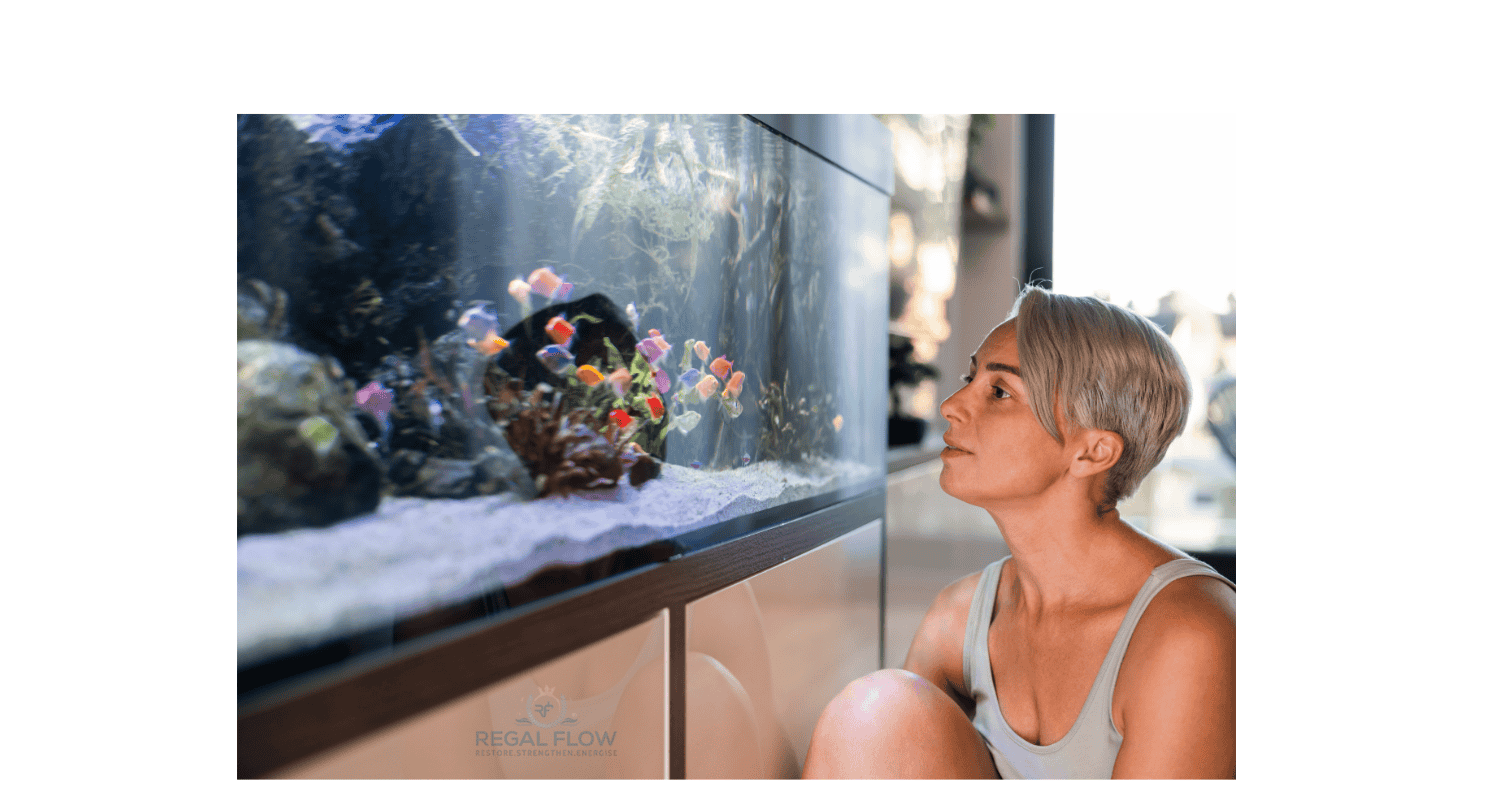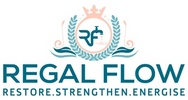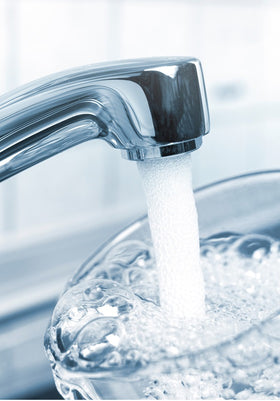
Reverse Osmosis Water Filter for Aquariums: A Guide to Cleaner, Healthier Tanks
Want to keep your fish swimming in crystal-clear water? A reverse osmosis (RO) water filter for your aquarium is the answer! It removes harmful impurities, improves water clarity, and helps your fish thrive. In Reverse Osmosis: Specialised Topics and Advanced Insights, we explore how even countertop dispensers and reverse osmosis systems make aquarium water prep a breeze—read on to find out why!
Understanding RO for Aquariums
Benefits for Aquatic Life
If you’ve ever tried to set up an aquarium, you know that water quality is key. Fish can be picky, and water that’s too harsh can stress them out. That’s where reverse osmosis (RO) systems come in. By filtering out unwanted chemicals and contaminants, RO water creates a much healthier environment for your fish, plants, and corals. It’s like providing a fresh, clean home for your aquatic friends, free from the pollutants that tap water often brings.
Removing Harmful Substances
Tap water, while safe for us, can carry chlorine, heavy metals, and other chemicals that don’t do your fish any favours. These contaminants can build up in your tank over time, leading to cloudy water, poor fish health, and even damaged equipment. But with an RO system, these harmful substances are filtered out, leaving you with pure, clean water. Your fish will be happier, and you’ll spend less time cleaning and maintaining your tank.
Advantages of RO Water in Aquariums
Controlling Water Chemistry
Every fish has specific water conditions it thrives in—whether it’s soft water for neon tetras or harder water for cichlids. RO water is a blank slate, allowing you to control the water’s pH, hardness, and mineral content. With tap water, you’re stuck with whatever you get from your supplier, but RO lets you fine-tune the perfect environment for your tank. It’s like tailoring the conditions to match your fish’s exact needs.
Preventing Algae Growth
Anyone who’s ever battled algae knows how frustrating it can be. Phosphates, often present in tap water, fuel algae growth. RO systems filter out these phosphates, helping you prevent unsightly green blooms that take over your tank. The result? A cleaner, clearer aquarium and less scrubbing for you.
Considerations and Limitations
Remineralization and pH Balance
While RO water is great at filtering out impurities, it can also strip out essential minerals that your fish need, such as calcium and magnesium. For some species, like corals, this can be a problem. Remineralisation is necessary to replace those lost minerals. A simple remineralisation product can help you get the balance right, ensuring your aquatic ecosystem thrives.
Additionally, RO water tends to be more acidic, which might not suit all types of fish. You’ll need to monitor and adjust the pH as required to maintain a healthy balance for your tank.
System Size and Capacity
Not all RO systems are built the same, and one size definitely doesn’t fit all. If you’ve got a small tank, you might only need a compact, basic system. However, larger tanks or saltwater setups will require systems with a higher capacity and more filtration stages. It’s crucial to select an RO unit that matches the size and water volume of your aquarium to ensure you’ve got enough filtered water for regular water changes.
Choosing the Right RO System for Aquariums
Key Features to Look For
When it comes to picking an RO system for your aquarium, there are a few must-have features. First, make sure the system has a high-quality membrane that can remove at least 95% of contaminants. Multi-stage filtration is also beneficial, as it provides more thorough purification. Look for systems that are easy to maintain and include clear indicators to alert you when the filters need replacing. After all, nobody wants to deal with a complicated system when all they want is clean water.
System Compatibility
Not all systems are compatible with every tank, so it’s important to check that your chosen RO unit fits your setup. Some systems are designed for smaller, home aquariums, while others are built for larger, more demanding tanks. Be sure to consider your tank size and water pressure to avoid any compatibility issues.
Installation and Maintenance Tips
Step-by-Step Setup Guide
Setting up an RO system might sound like a task for a plumber, but don’t worry—it’s generally straightforward. First, connect the system to your water supply, making sure to follow the manufacturer’s instructions. Most systems will also require you to install a storage tank for the purified water. Once everything is hooked up, it’s time to check for leaks, ensure water pressure is correct, and make sure the system is functioning properly.
Regular Maintenance Practices
Maintaining your RO system is essential to keep it working at peak performance. You’ll need to replace the filters and membranes periodically, depending on your water quality and usage. Keep an eye on the TDS (Total Dissolved Solids) levels to monitor how well the system is purifying your water. Regular maintenance ensures your system will last longer and continue providing top-quality water for your aquarium.
Addressing Common Concerns
Water Quality and Fish Health
You may have concerns about whether RO water is too “pure” for your fish. While it’s true that some minerals are stripped away, these can be added back in through remineralisation. If you’re unsure, start by testing the water regularly to see how your fish are responding. Many aquarium owners report healthier, more vibrant fish after switching to RO water, so don’t be afraid to make the switch!
Cost and Efficiency
Yes, RO systems do come with an upfront cost, but when you consider the benefits—clearer water, healthier fish, and fewer chemicals—you’ll find they’re a worthwhile investment. Plus, you’ll save money in the long run by preventing issues like algae blooms and mineral build-up in your tank and equipment. While there’s an initial outlay, the efficiency and long-term savings can make it a smart choice.
Conclusion: Ensuring Optimal Aquarium Water with RO
Key Takeaways on Aquarium RO Systems
RO systems provide a simple, effective way to improve your aquarium’s water quality. They remove harmful contaminants, offer better control over water chemistry, and prevent algae growth. With the right system and regular maintenance, you can ensure that your tank stays clear and your fish stay healthy.
Final Recommendations
Choosing the right RO system for your aquarium doesn’t have to be overwhelming. Focus on the size and needs of your tank, and pick a system that offers the features you need for your specific setup. With proper installation, maintenance, and a little know-how, your RO system will provide you with years of clean, healthy water for your fish to thrive in.
More Reverse Osmosis info we think you'll love
Reverse Osmosis Filter Replacement Service
Reverse Osmosis Power Consumption
Reverse Osmosis System Connections
Reverse Osmosis System Water Quality
When to Change Reverse Osmosis Filters
Reverse Osmosis Countertop System
Tankless Reverse Osmosis System
Can Reverse Osmosis Remove Bacteria?
How to Fix Low Water Pressure in a Reverse Osmosis System
How to Remove Air from a Reverse Osmosis System



Leave a comment